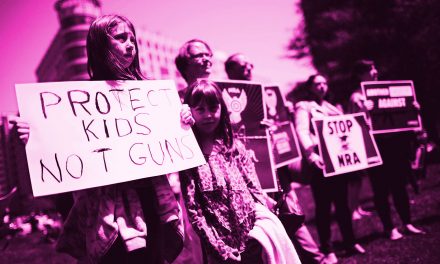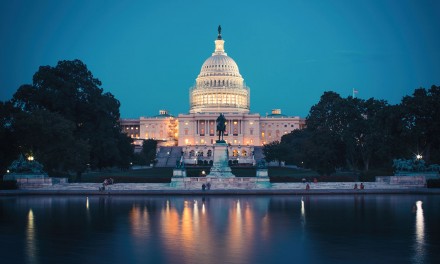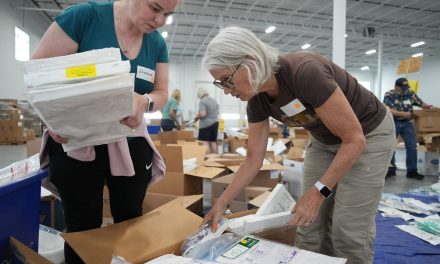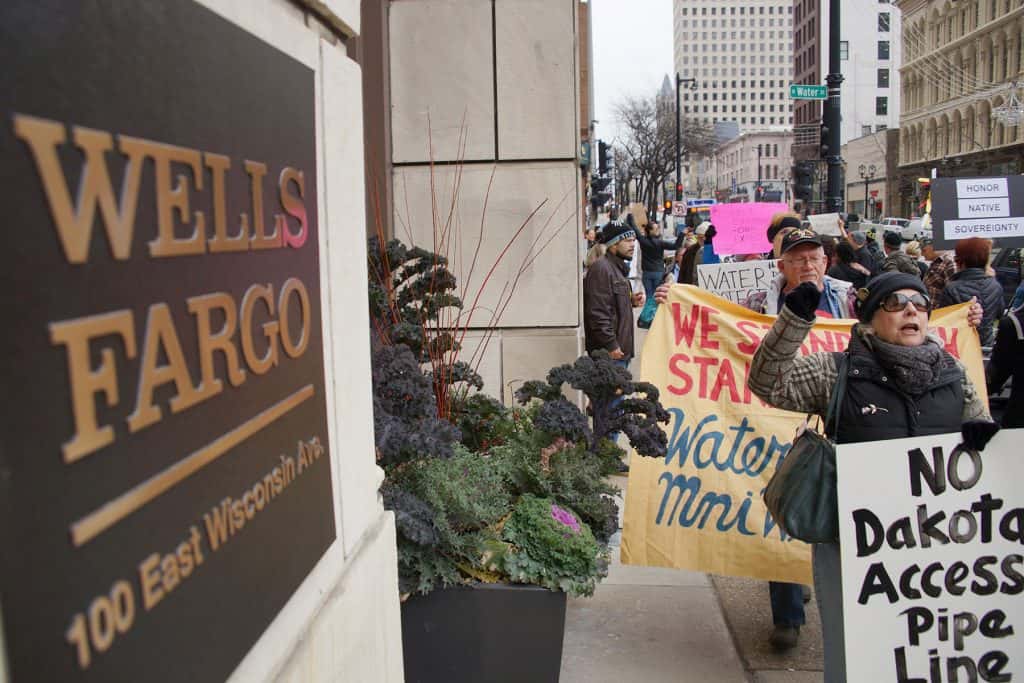
Wisconsin will be a swing state in the 2020 presidential election, and the ongoing dirty tricks to disenfranchise voters and place Jim Crow-style barriers in place for citizens from the Democratic-leaning cities of Madison and Milwaukee has begun to accelerate.
Milwaukee Mayor Tom Barrett has been critical of the effort to remove a quarter million voters from the state’s rolls, after Ozaukee County Circuit Judge Paul Malloy sided with a rightwing legal challenge that targeted liberal strongholds.
“More than 1 in 10 of Milwaukee’s registered voters would be affected,” said Mayor Barrett. “The legal maneuver came from individuals who want to game the system and make it more difficult for some people to vote. When voters are split as sharply as in Wisconsin, there may be an advantage for some people to face additional barriers.”
The Wisconsin Elections Commission has remained split on how to proceed after the court ruling, but has indicated it would purge the voter rolls. Groups in Milwaukee have rallied in opposition, seeing the latest action as a growing trend in voter suppression.
“The effort to purge voters in Wisconsin is not an isolated one. Rather, it comes straight out of the playbook of conservative groups that are fighting on many fronts to suppress the vote, here in Wisconsin and across the country,” said Matthew Rothschild, executive director of the Wisconsin Democracy Campaign. “Making it harder for people to vote in a democracy is a disgrace.”
The group behind the lawsuit, the Wisconsin Institute for Law and Liberty, is a legal advocacy group that has backed conservative causes across the state since the beginning of the decade. Led by Rick Esenberg, the group has defended rollbacks on public sector union power, promoted charter schools, and challenged campaign finance restrictions among other issues. Its latest scheme will disproportionately affect Democrats before the 2020 election.
The purge and other tactics could tip the 2020 election result for Wisconsin, which has become a key state. Governor Tony Evers, a Democrat, defeated Scott Walker by just under 30,000 votes last year. Donald Trump defeated Hillary Clinton by a little over 22,000 votes in 2016.
Neil Albrecht, Executive Director of the Milwaukee Election Commission said that only 5% of 35,000 people in Milwaukee who were supposedly sent a letter regarding their registration had responded to the mailing.
“Right now the state has no idea about the status of the other 95%, but yet they are rushing forward to invalidate that 95%, all based on one piece of mail sent one time to a voter.”
Of the 234,000 flimsy postcard notices sent out by the Wisconsin Elections Commission earlier this year, 2,237 people already notified their local clerk they had not moved and intended to remain active at their current address. That population represents 7% of registered voters in the state. Before Judge Malloy’s decision, the Wisconsin Elections Commission had set April 2021 as the deadline for registration confirmation.
At least 24,000 voter registrations that were set to be deactivated were re-activated, because they had not actually moved or changed their voting address. Some voters had registered their vehicle at an address different than their voting one, like a dorm on campus, which made it appear as if they had moved when they had not.
“Obviously we’re concerned with the decision to disenfranchise a number of people. Removing that many people from the roles is going to raise some serious questions,” added Mayor Barrett. “At the end of the day, our democracy works best when people have the opportunity to vote. And we should not be making it more difficult for people to vote, particularly when we’re coming into the critical elections of 2020.”
What registered voters can do now and later:
- Remember this is an opportunity. There are people out there who would very much prefer that Milwaukee stay home next election. Do not give them the satisfaction.
- Make sure you are registered, get registered, or change your address online: https://myvote.wi.gov
- Voters have not yet been removed from the lists, this is still being challenged in court. If the removal occurs, check again to make sure you are registered, and re-register if you are not.
- Vote! Elections in Wisconsin in 2020 are February 18 (spring primary–check your locality for whether you will have one); April 7 (spring general election and presidential preference primary); August 11 (fall partisan primary); and November 3 (general and presidential election). You can vote early by mail-in absentee or in-person absentee; check with your local elections clerk for more details.
- You can register at the polls on Election Day, or if you vote early in person. Just make sure you have proof of residence along with your picture ID. https://bringit.wi.gov
- Spread the word! Make sure your eligible friends and family are registered and vote! In Wisconsin this means 18 years old as of election day; a US Citizen; at your current address for the 28 days preceding the election – if you just moved within Wisconsin you may be able to vote at your old address, and if you just moved from out of state you may be able to vote for President and Vice President; and not currently serving a felony sentence.
© Photo
Lee Matz














